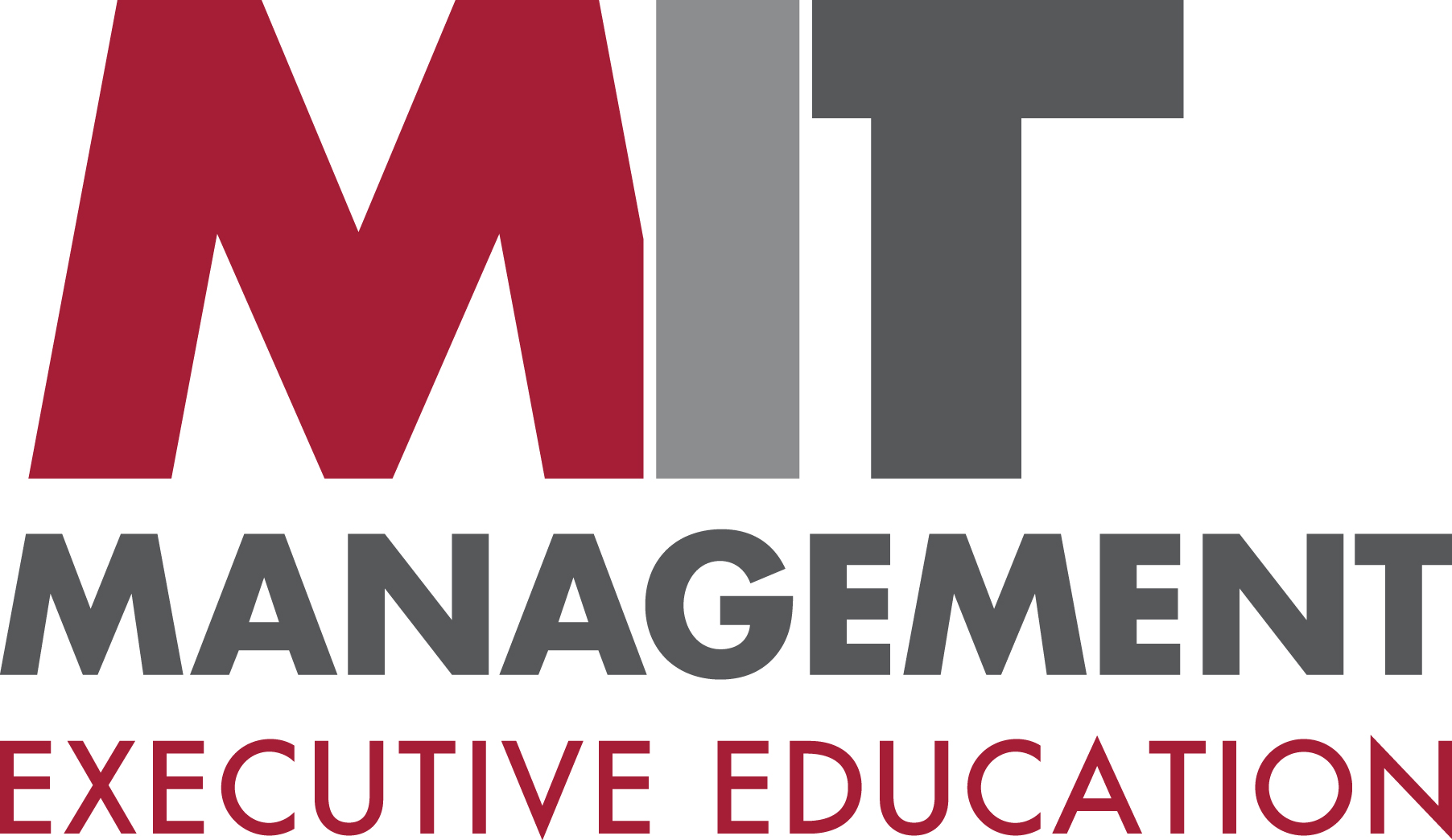- Strategy
Delivering Strategic Change
MIT Sloan’s Dr Elsbeth Johnson has developed a powerful new step-by-step framework for one of the toughest endeavors in management: leading strategic organizational change
Based on the findings of her research as well as her frontline experience as a former equity analyst, Dr. Elsbeth Johnson, Senior Lecturer at MIT Sloan, has developed an invaluable new framework for delivering strategic change—one in which leaders step in to establish a clear strategy and step back to give their team greater autonomy and empowerment to implement that strategy. Her key message is the need for clarity at the outset of a change initiative—the lack of which is a chief cause of failure.
………………………………………………………………………………………………………….
Date: Jun 10-14, 2024 ⃒ Format: In person ⃒ Location: Cambridge, MA
………………………………………………………………………………………………………….
Johnson’s research which led to her 2020 book, Step Up, Step Back: How to Really Deliver Strategic Change in Your Organization, was based on two approaches rarely seen in previous studies of change efforts. Her first approach was to focus on asking the managers responsible for executing change what they needed from leaders, rather than merely seeking the views of the C-suite leaders themselves. Secondly, the research was conducted over a longer period of time than had typically been the case—years rather than months— eliciting a complete assessment of the delivery of the change, right up to its final outcome.
The Step Up, Step Back framework
The Johnson framework has four critical stages. The first two constitute a ‘stepping up’ phase—when senior leaders are required to do more than they might typically do in the early stages of a change initiative, embracing a role of greater involvement and ownership. The second two critical stages form a ‘stepping back’ phase—when the management team responsible for delivering the change should be given the freedom, trust and autonomy to get on and execute.
PHASE ONE: Step Up
1. Clarity
In stage one of a strategic change initiative a leaders’ prime responsibility is to make crystal clear why the change is being undertaken—why now, and what outcome will it deliver for the organization’s financial bottom-line?
It is essential for all stakeholders to be able to see a causal link between the change effort and a notable impact on bottom-line performance—be it greater market share or improved margin. Strategic organizational change may well encompass better customer satisfaction or a change in corporate culture, but these things are not the ultimate outcome that a clear exposition of a change initiative should articulate.
It is vital that the ‘why?’ ‘why now?’ and ‘for what outcome?’ questions are clearly answered before a change project is launched. Once answered it is then the job of the leader to cascade the clarity—taking time to translate the enterprise-level change narrative into a business unit change narrative.
2. Alignment
Aligning resources and budgets becomes relatively easy once clarity is established—but extremely difficult without it. The leadership role is to align the organizational structure to deliver the agreed change, entrusting people closer to the operational frontline to work out the ‘how’.
As the project proceeds, without tweaking the agreed outcome, leaders need to be cognizant of the market, regulatory environment, and other outside forces likely to impact the change. Successful change is dependent on both organizational structural alignment and on a change management team enthused with clarity.
PHASE TWO: Step Back
3. Focus
People closer to the market are naturally better equipped and better informed to decide how best to manage the delivery, and how best to prioritize work to reach the change outcome required. Now is the time for leaders to step back and give the change management team the autonomy along with the time and resources needed to get the job done. Typically, a significant change project takes longer than anticipated.
4. Consistency
Being consistent and sticking to the clear, agreed strategy and absolutely not adding in any ‘additional priorities’ as the project proceeds is critical. If necessary, if the market has dramatically changed, by all means leaders can pivot and agree to make an entirely new strategy. But if this happens it is back to stage one—clarity.
Whereas a serious strategic change should retain focus on the agreed long-term outcome, Johnson allows one slight deviation from the consistency rule—'chocolate sprinkles’. For the sake of keeping equity analysts and investors onside, creating a few ‘sprinkles’ or quick wins during the process—bits of improved margin say—can be important.
Potential pitfalls
When embarking on any strategic change initiative there are two classic pitfalls to be wary of and to counter, that typically inhibit successful organizational change:
i) Activity bias. The need to ‘feed the beast’ is a powerful force in large organizations. The need to show that things are getting done. The danger here is that not enough time is spent on establishing clarity and change initiatives are launched prematurely.
ii) Impatient leaders. There is very little organizational change that is not complex and systemic. Change cannot be rushed. Yet, business leaders are often in a hurry to show results and can be tempted to short-circuit the process.
Change that can happen in months is unlikely to be real strategic change at all—more likely a product tweak, or an incremental change. These will not require the step up, step back framework.
• • •
Strategic organizational change requires clarity first and foremost, then structural redeployment and closing of any capability gaps through training or recruitment. Organizational culture gaps, if there are any, are likely to be resolved through the change process or need to be dealt with separately.
While the step up, step back approach was originally conceived for large organizations with complex change requirements, the same basic principles can apply for smaller companies and for start-ups too. Clarity is always essential, but for smaller, founder-led enterprises the clarity and consistency stages may be all that are required.
This article is based on the MIT Sloan Executive Education webinar: ‘Deliver Strategic Change’ with MIT’s Dr. Elsbeth Johnson
MIT Sloan is uniquely positioned at the intersection of technology and business practice, and participants in our programs gain access to MIT’s distinctive blend of intellectual capital and practical, hands-on learning.
ARTICLES YOU MIGHT LIKE
BOOK REVIEW
A provocative new book reveals the downside of strategic and organizational change and the benefits of stability
DEVELOPING LEADERS QUARTERLY MAGAZINE AND WEEKLY BRIEFING EMAILS


































